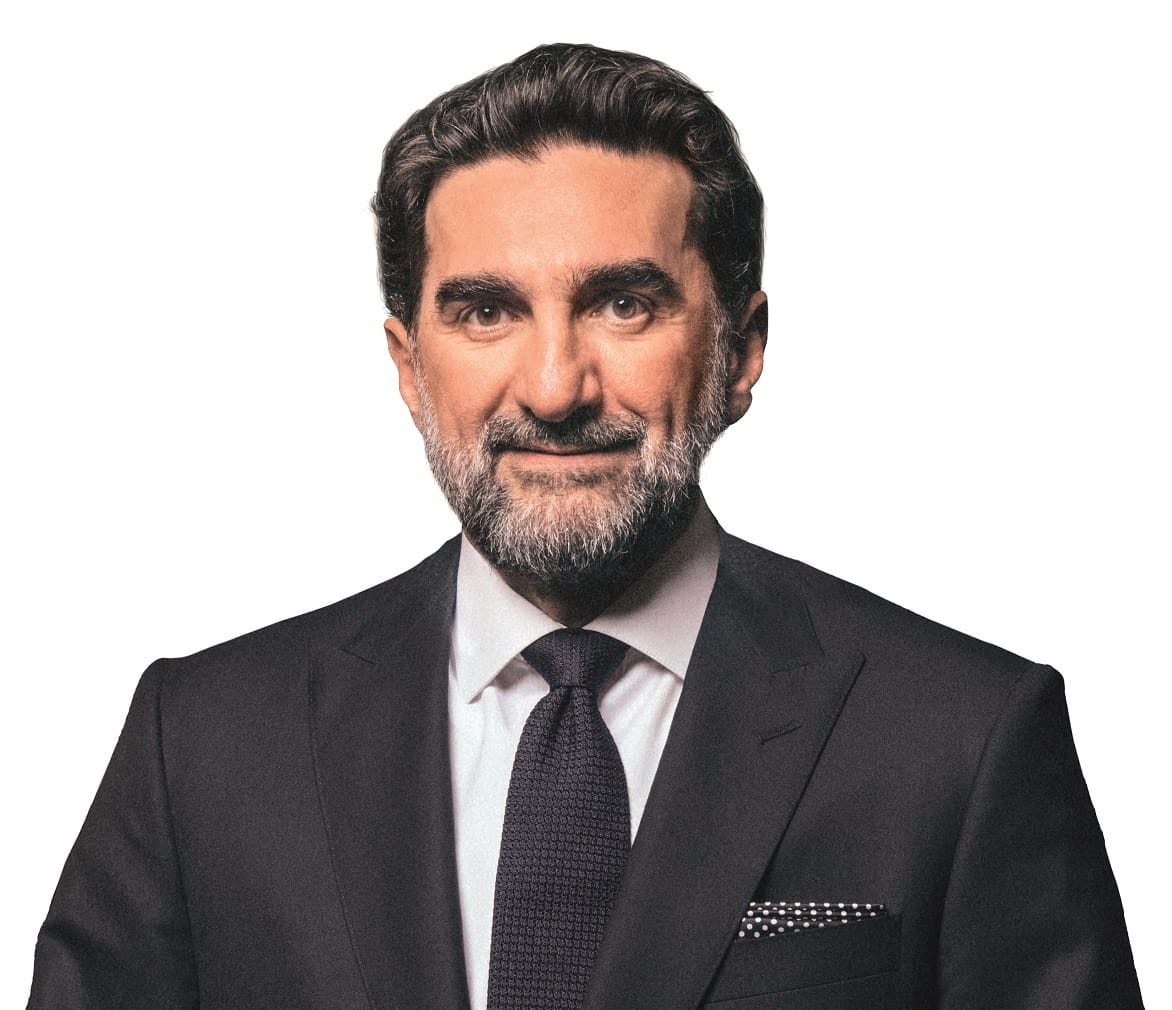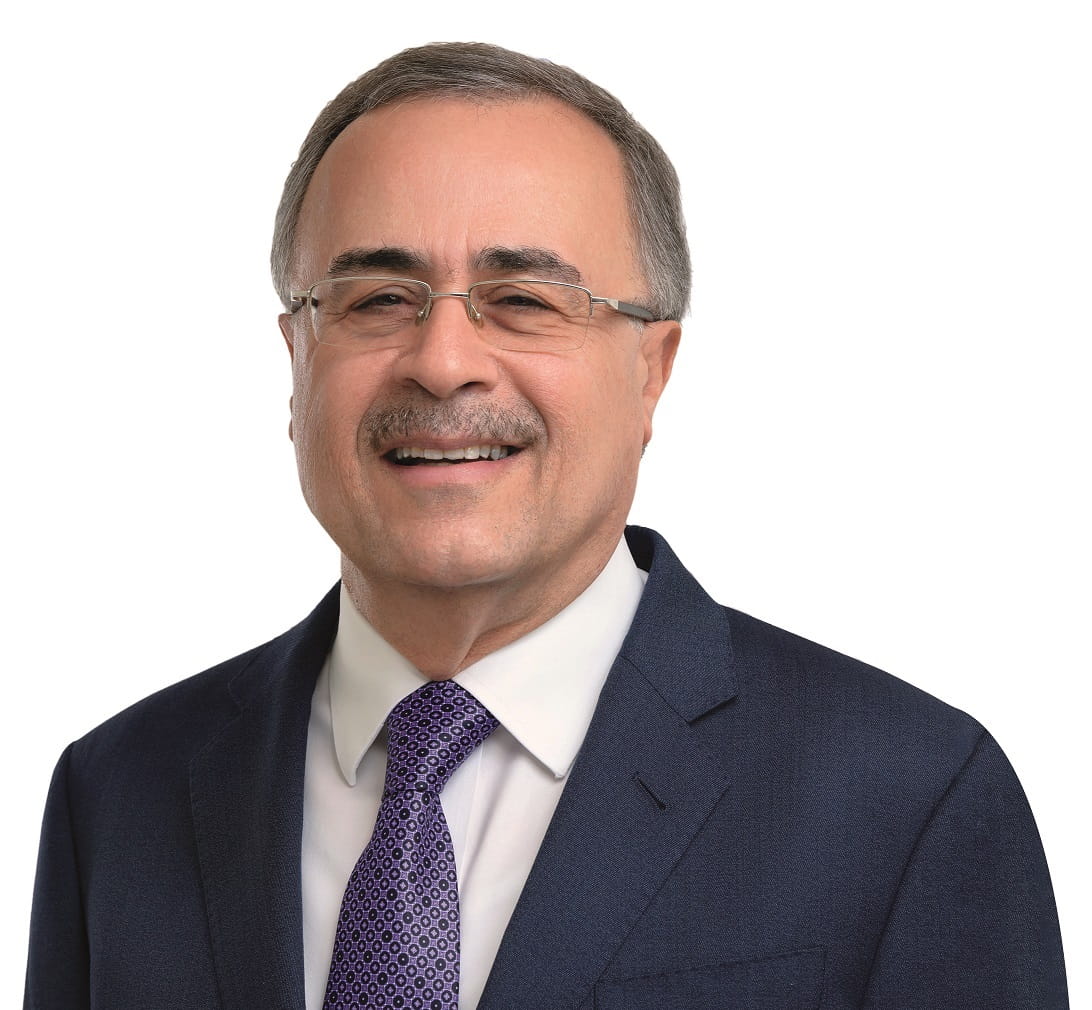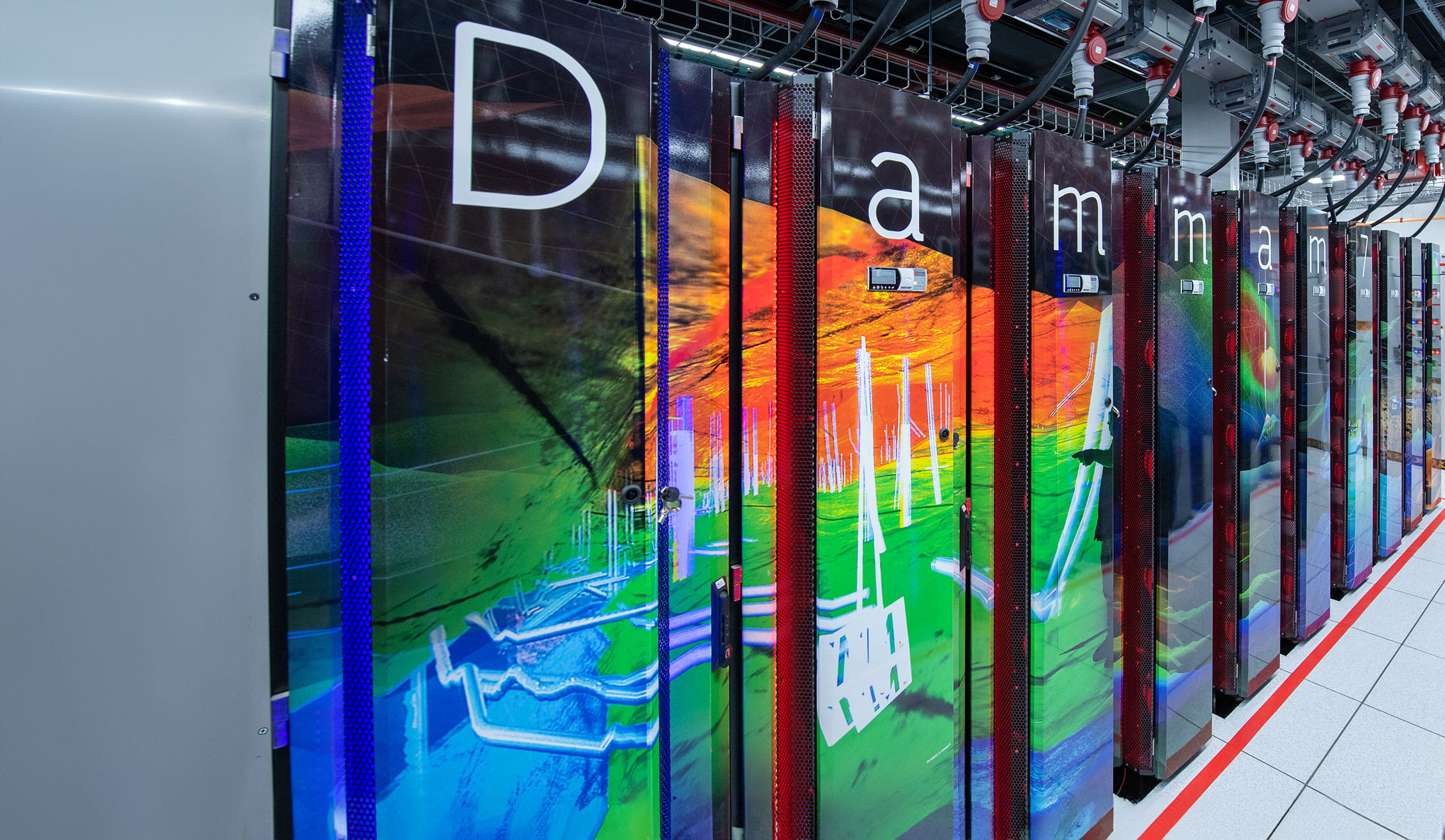Aramco sustainability report 2024
Investing in growth.
Innovating for sustainability.
We are Aramco, one of the world’s largest integrated energy and chemicals companies.
Our vision:
Aramco's vision is to be the world's preeminent integrated energy and chemicals company, operating in a safe, sustainable, and reliable manner.
Our mission:
Aramco strives to provide reliable, affordable, and more sustainable energy to communities around the world, and to deliver value to its shareholders through business cycles by maintaining its preeminence in oil and gas production and its leading position in chemicals, aiming to capture value across the energy value chain and profitably growing its portfolio.
Key download
Chairman's message
105.6KB
Key download
President and CEO's message
112.2KB
Megatrends due to shape our everyday life in the near future
The global population is projected to rise by over 25% by 2050, and by over 40% by 2100.
As the world seeks to meet its energy needs in a more sustainable manner, oil and gas will continue to play a critical role in enabling this transition.
Aramco is uniquely positioned to respond to these megatrends by adopting sustainable energy production technologies and practices that minimize environmental impact.
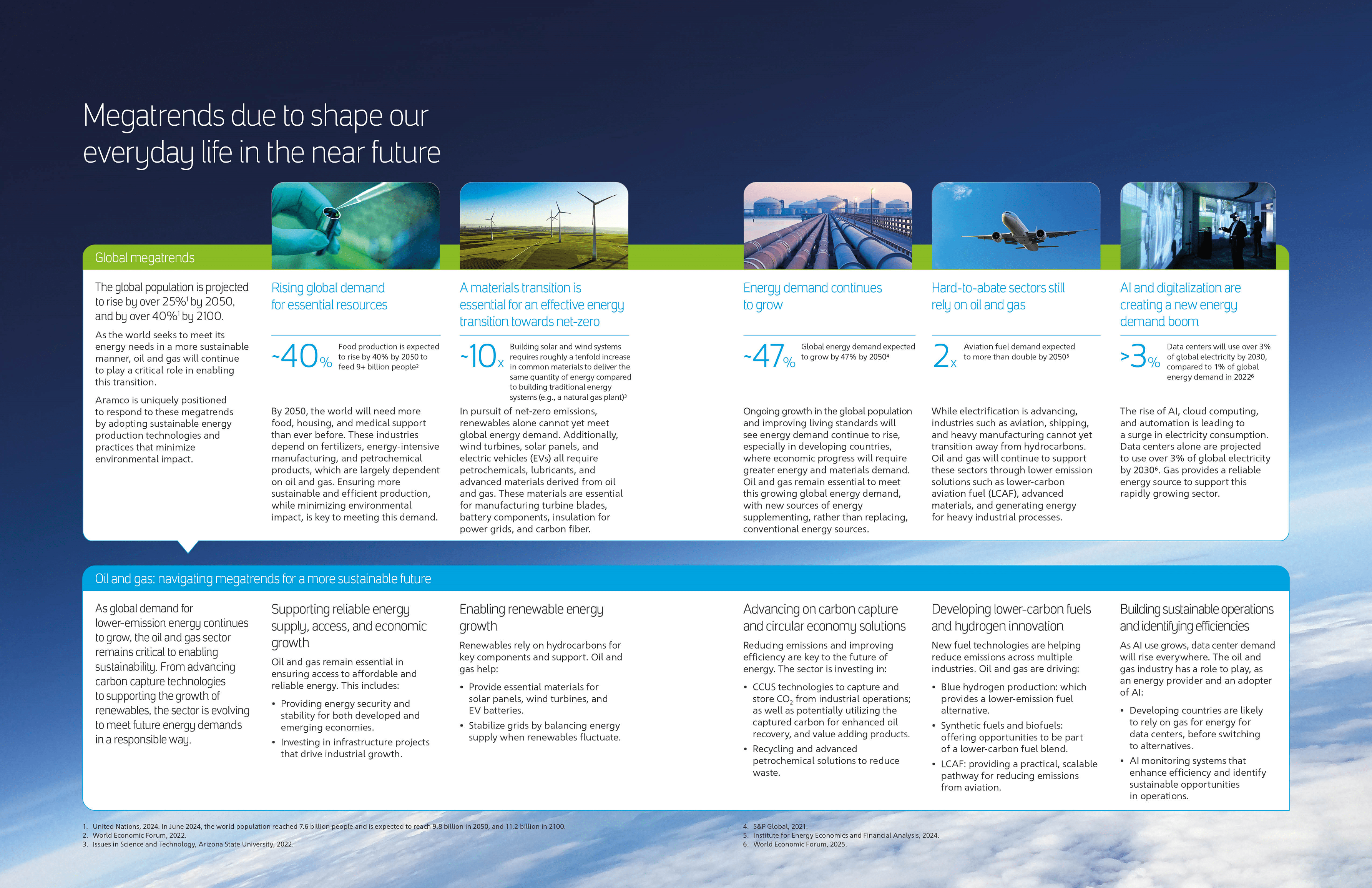
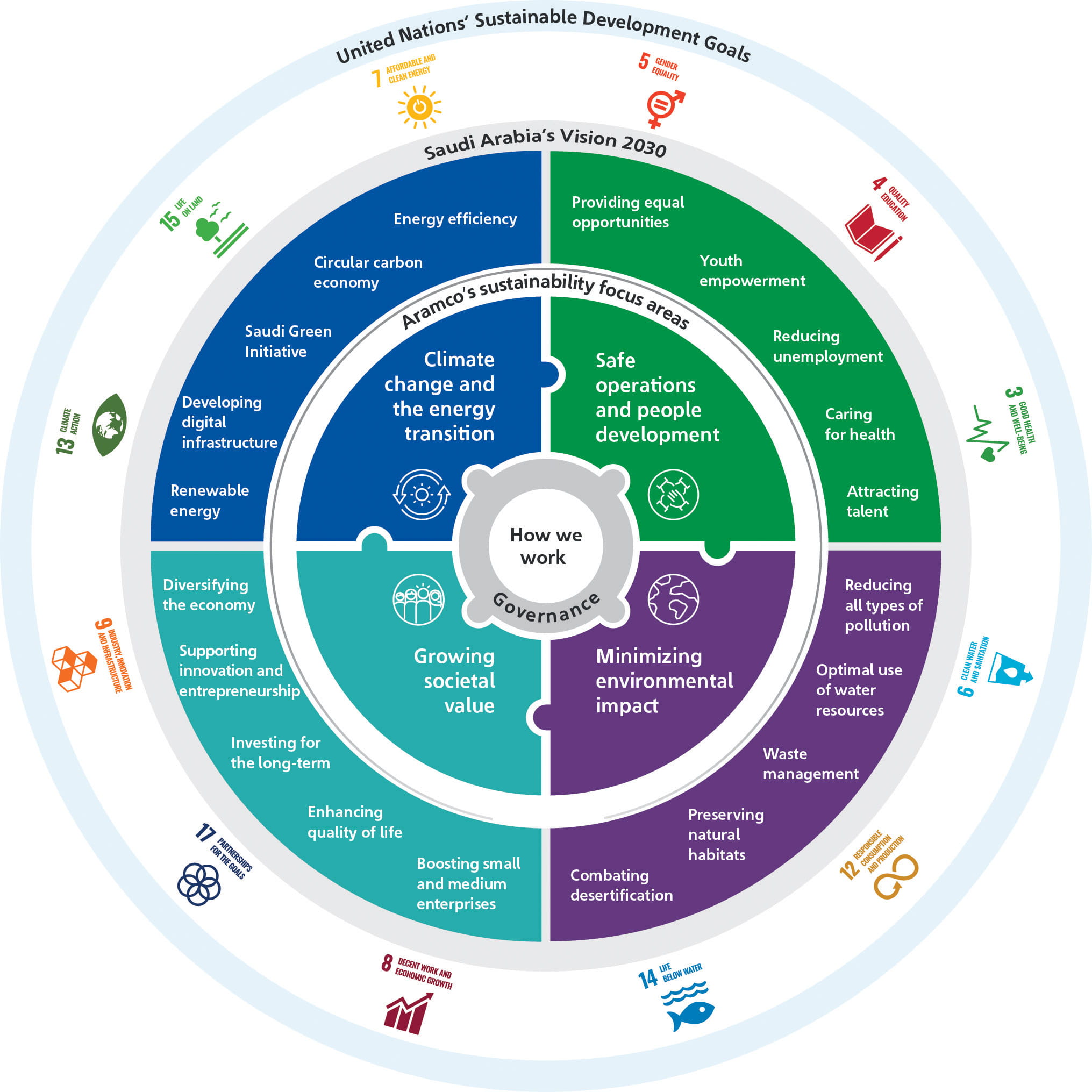
Sustainability at Aramco
We seek to integrate sustainability into all levels of governance, risk management, and decision-making. To that end, we have established a comprehensive structure to govern sustainability matters within the Company, with clear roles and responsibilities.
More about: Governance
Governance (PDF)
605.1KB
sustainability focus area
Climate change and the energy transition
We aim to provide affordable and reliable energy as one of the lowest upstream carbon intensity producers of hydrocarbon products; while we continue our ambition to achieve net-zero Scope 1 and Scope 2 GHG emissions across wholly-owned operated assets by 2050.
Scope 1 emissions (MMtCO2e)
**01234567890123456789.
0123456789(2023: 54.4**)
Scope 2 emissions (MMtCO2e)
**01234567890123456789.
0123456789(2023: 13.0**)
Upstream carbon intensity (kg CO2e/boe)
**0123456789.
0123456789(2023: 9.6**)
More about: Climate change and the energy transition
sustainability focus area
Safe operations and people development
We strive to provide a safe and respectful working environment for all, on-site and within the community, supported by comprehensive policies and resources. We aim to support, diversify, and empower our workforce.
Fatalities (number)
**0123456789(2023: 3**)
Tier 1 process safety events (number)
0123456789(2023: 15)
Female employees in leadership positions (number)
012345678901234567890123456789(2023: 233)
** This figure has undergone external limited assurance in accordance to the ISAE 3000 (revised). The assurance report can be found on Our data and assurance page.
More about: Safe operations and people development
sustainability focus area
Minimizing environmental impact
We endeavor to conserve natural resources, apply circular models across our value chain, and to have a legacy of projects that improve both natural habitats and shared resources.
Freshwater consumption (million m3)
**01234567890123456789.
0123456789(2023: 89.9**)
Hydrocarbon spills (number)
**0123456789(2023: 12)
Net positive impact (biodiversity and ecosystems) (%)
**01234567890123456789.
0123456789(2023: 85.6**)
More about: Minimizing environmental impact
sustainability focus area
Growing societal value
We seek to grow value wherever we operate. With our headquarters in Saudi Arabia, we have invested in the Kingdom’s oil and gas ecosystem to enhance the reliability of our supply chain, providing employment and economic opportunities to thousands of Saudi nationals.
Social investment1 ($ million)
012345678901234567890123456789(2023: 475)
iktva procurement spend in-Kingdom (%)
01234567890123456789.
0123456789(2023: 65.0)
Saudization of Aramco’s workforce (%)
01234567890123456789.
0123456789(2023: 90.3)
More about: Growing societal value
Growing societal value (PDF)
2.6MB
